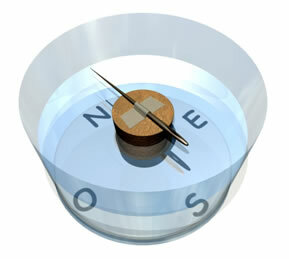Angola or Republic of Angola is an African country located on the west coast of Africa, so it is bathed by the Atlantic Ocean.
The country occupies an area of 1,246,700 km2 home to about 18.4 million inhabitants, this territory has the city of Luanda as its capital. This nation is one of the countries whose official language is Portuguese.
The establishment of the Angolan territory took place at the Berlin Conference in 1885, this meeting served to decide which countries would dominate and exploit the African territories as colonies.
Angola was colonized by Portugal, its independence only happened on November 11, 1975. Despite the achievement of political autonomy, this nation does not enjoy peace, the struggle that used to be against the Portuguese occupation has turned into a civil war provoked by political differences.
Angola's political structure has the characteristic of concentrating power in the hands of the president, who has the help of a prime minister plus the council of ministers. The country is internally divided into provinces, which total eighteen, the leaders or governors of each are chosen by the president.
After decades of civil conflict, the country faces several social problems, as Angola is one of the poorest countries in the world. Without holding a presidential election since 1992, the current government aims to organize an electoral process on September 5 and 6, 2008.
The Angolan territory has the following climatic characteristics: temperate climate on the coast, occurrence of a restricted rainy season (February to April), has hot and dry summers and winters love us.
At the highest points of relief there is a pleasant temperature, with the occurrence of two seasons, a dry season (May to October) and a rainy season (November to April).
Like most African countries, Angola has its economic activities directly linked to primary production, standing out in the production of coffee, sugar cane, sisal, corn, coconut and peanuts, as well as cotton, tobacco, rubber, potatoes, rice and banana. In livestock, the main creations are, respectively, cattle, goats and swine.
Large deposits are found in the country, especially copper, manganese, phosphate, salt, lead, gold, diamond, oil and others.
The industries present in the country are linked to the processing or processing of agricultural products, producing sugar, beer, cement, as well as tires, fertilizers, cellulose, glass and steel.
Do not stop now... There's more after the advertising ;)
By Eduardo de Freitas
Graduated in Geography
Brazil School Team
countries - geography - Brazil School


